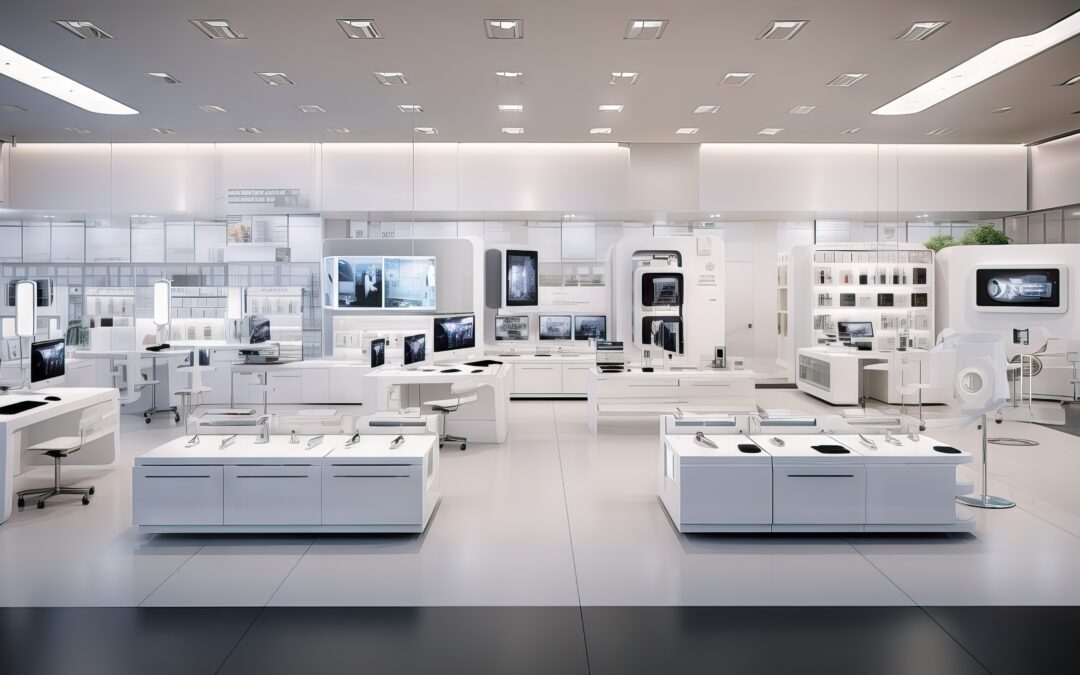AI continues to dominate conversations in every industry – but it also continues to uncover exciting possibilities. So what does that mean for radiographers specifically? (Spoiler alert: You shouldn’t be worried about AI taking your job.)
Radiography AI is still in its early stages, but there are some promising developments emerging that could help radiographers do their jobs more effectively. Of course, these advances aren’t without their roadblocks, as implementing AI safely and ethically is no small feat. With all this in mind, let’s dive into the current state of radiography AI to see how it might impact the future.
Radiography AI Benefits
Since it excels at processing and finding patterns in data, AI is a great fit for radiography applications. Here are some of the main potential benefits of AI in radiography:
Simplifying Workflows
Automating routine tasks is arguably AI’s greatest strength. For radiographers, AI can help with image sorting, reporting, quality checks, and initial analysis to significantly reduce workloads and allow for greater accuracy. In an ideal future, radiographers will be able to work with AI tools in real time to ensure correctness and maximize efficiency.
Better Integrations
A big plus is that AI can easily be integrated into electronic health record systems. This allows all medical providers to be on the same page, improving decision-making while greatly reducing the risk of misinformation or miscommunication.
AI in Imaging Equipment Maintenance
AI can improve not only processes but also equipment. As it turns out, AI can be especially helpful for predictive and planned maintenance of medical imaging equipment. Here are a couple of applications that demonstrate the role of AI in maintenance:
Predictive Diagnostics & Downtime Reduction
By leveraging historical data and machine learning, AI can help catch equipment failures before they happen by tracking and analyzing patterns of usage. By forecasting and thus preventing malfunctions, AI is also helping to reduce machine downtime.
Optimizing Lifecycle Costs & ROI
In most cases, downtime results in financial losses and poorer health care delivery. This is where providers can utilize AI to optimize equipment operation and minimize the amount of significant repairs, resulting in lower lifecycle costs and higher ROI.
Future of AI in Radiography
In theory, AI can do things like detect abnormalities invisible to the eye and make predictions about how conditions might progress. However, in practice, AI usage just isn’t trustworthy enough to be fully relied on – at least, not yet. Most radiography AI technology is still in an experimental stage and needs to be put through more tests before it can be used in real clinical practice.
Examples of Radiography AI Developments
So far, some of the most exciting advancements in radiography AI include image triaging and scanning protocol optimization. AI has been shown to be effective at sorting, classifying, and analyzing images, thereby making radiographers’ lives easier.
Take the Next Step Toward Smarter Radiography
Better, more effective radiography happens when medical imaging equipment experts are properly leveraging technology. At Imperial Imaging, we combine our extensive knowledge with leading technological advances to provide exceptional imaging equipment. Contact us to learn how we can support your radiography with top-tier imaging products and maintenance services.

